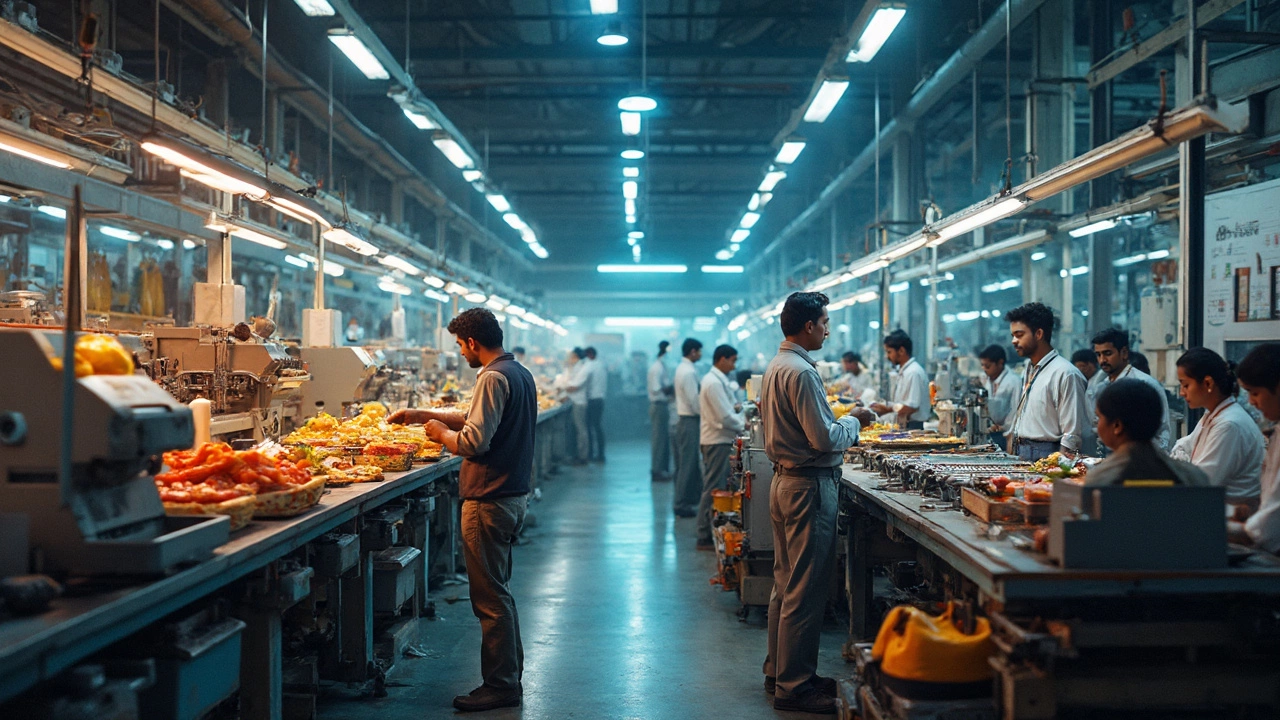Industry Decline – Why Sectors Stumble and What It Means
When talking about industry decline, the slowdown or contraction of a whole economic sector, often marked by falling output, reduced employment, or shrinking revenues, you’re looking at a pattern that repeats across many fields. It isn’t just a blip; it reflects deep changes in demand, policy, or technology. For example, a drop in vehicle purchases doesn’t only hit car dealers – it ripples through parts suppliers, financing firms, and even local dealerships. That’s why automobile industry, the sector that designs, manufactures, and sells motor vehicles often serves as a bell‑wether for broader economic health. Similarly, the manufacturing sector, the network of factories that produce goods ranging from machinery to consumer items can face decline when global supply chains shift or automation cuts labor needs. The plastic industry, companies that produce polymer materials used in packaging, construction, and many other applications feels pressure from recycling mandates and changing consumer attitudes. Even the pharmaceutical industry, the field that researches, develops, and manufactures medicines can see a downturn when patent cliffs hit or regulatory hurdles rise. In short, industry decline encompasses reduced sales, supply‑chain disruptions, and policy shifts, and it requires careful analysis of each affected sector.
Key Factors Driving Industry Decline
One major driver is shifting consumer demand. When buyers start favoring electric bikes over traditional cars, the automobile industry sees a sell‑off that drags down factory orders and dealer inventories. Another factor is regulatory change; stricter emissions standards push manufacturers to redesign products, which can cause short‑term output drops. Technology also plays a role – automation can boost efficiency but often trims the workforce, creating a perception of decline in the manufacturing sector. Environmental pressures affect the plastic industry as governments enforce recycling targets and consumers choose alternatives, leading to lower demand for virgin plastics. In the pharmaceutical industry, the expiry of blockbuster drug patents forces companies to cut back R&D spending, which can slow growth. These forces intersect: a new recycling law not only curtails plastic sales but also reshapes packaging for automotive parts, showing how industry decline influences related sectors. Recognizing these links helps businesses anticipate risks and adapt strategies before a downturn deepens.
Below you’ll find a curated collection of articles that dig into these patterns – from why cars aren’t selling in India to how manufacturing still fuels local economies, from the hottest plastics in 2025 to the biggest pharma producers worldwide. Each piece breaks down data, offers practical tips, and shows where opportunities may still exist despite the overall slowdown. Dive in to see real‑world examples, actionable insights, and the nuanced picture of industry decline across India’s most critical sectors.
Indian Textile Industry Collapse: Unraveling the Threads
The Indian textile industry, once a powerhouse of global textile manufacturing, has faced a significant collapse. This analysis explores the reasons behind the downturn, such as rising competition from international markets, outdated technology, and inadequate government support. With a focus on policy insights and industry challenges, the article provides a comprehensive understanding of the industry's decline. Additionally, it highlights potential strategies for revitalization and sustainability.
- manufacturing
- India
- food processing
- garden tips
- rice cultivation
- government schemes
- balcony garden
- urban gardening
- balcony gardening
- profitable business
- business ideas
- plastic manufacturing
- drip irrigation
- plant care
- steel manufacturing
- sustainable gardening
- startup ideas
- steel industry
- flower gardening
- textile manufacturers






